
Den italiensk-argentinske tegneserietegneren og illustratøren er utdannet filmregissør, og har jobbet med illustrasjon, tegneserier og spill i inn- og utland i over 20 år.
– Why drawing?
– First, of course, because I enjoy it, love it. But there is more there, I think. Being concise: for telling a story. Living other lives, I find that factor an amazing and VERY important element for the personal growth of people who enjoy creative works in general- comics, movies, music, etc. Drawing is just another tool for expression and for sharing our point of view of the world with others and, in the best of cases, making good questions that bring reflection to others. I draw since my childhood, up to what I can remember, like in general all of us. Of course in the beginning this «share the human experience» is something unconscious and when we grow up, and we are more conscience of that, (in the case that we create art or we enjoy the art of others) turns out to be a wonderful experience. So drawing, for me, is that. And I am not talking (only) here about making the Citizen Kane of comics. That is reduced for guys like Breccia, Moebius, Miyazaki, and a bunch of others from the pantheon of geniuses. I am a humble commercial artist. But each work, for me, makes a difference. Commercial work, experimental, work, and «author» works. All count. More specifically talking about comics: comics are… fascinating. It’s a very complex creative form with its own specific rules and is great for telling stories (maybe together with movies as the best tool). I mean, other art forms also tell stories, of course. But, for example, a painting can work to tell a story but also like «decoration». Music can be used for enjoyment, dance, or for «background» in a restaurant…. in comics, a comic page is a comic page created to tell a story, in general, don’t work out of context and I see something genuine and humble there.



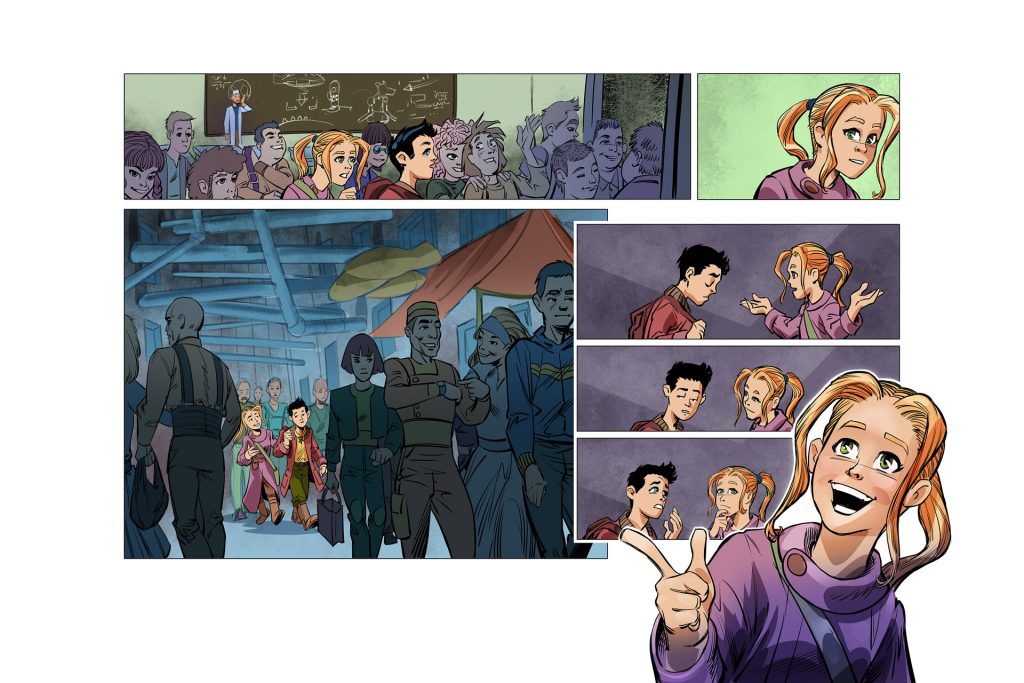

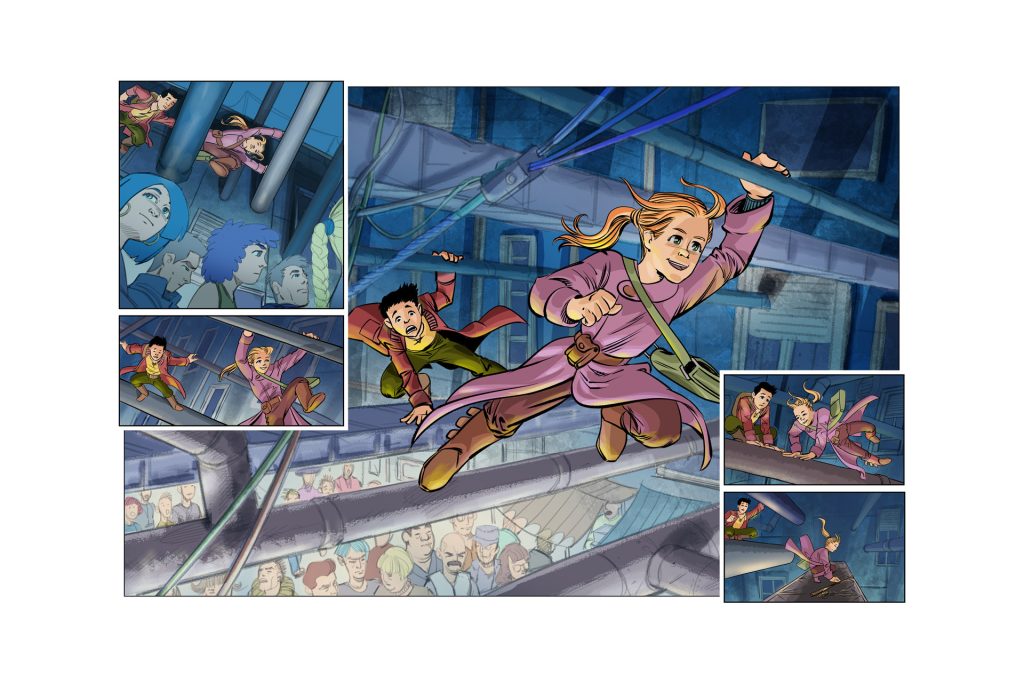
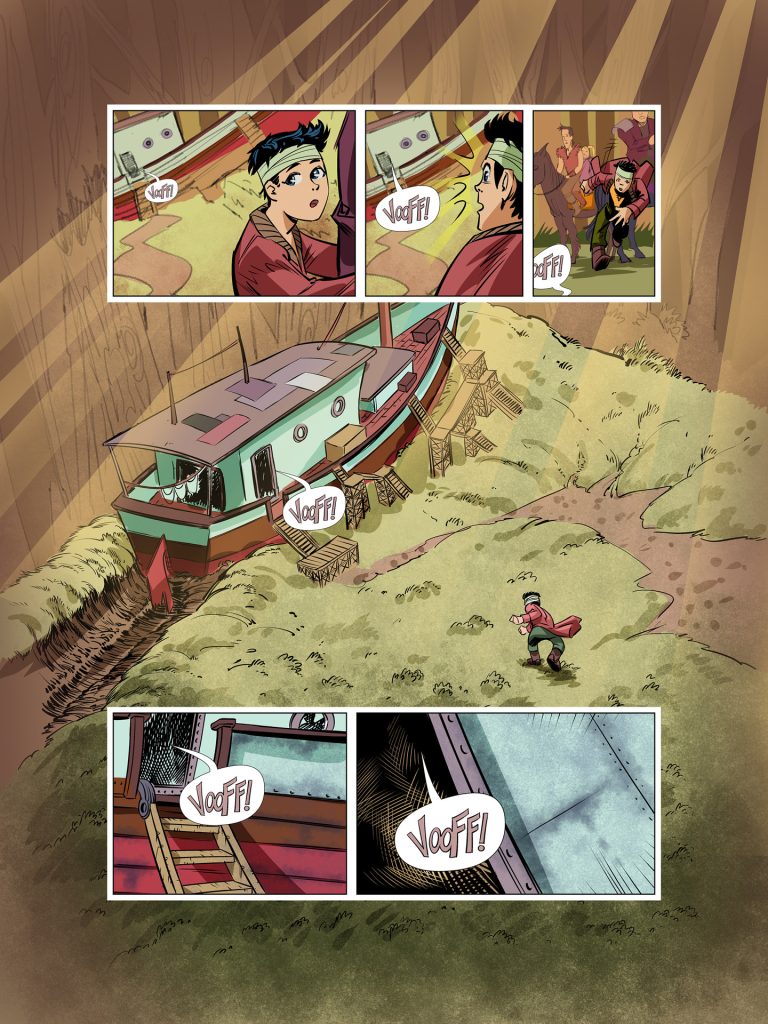
– What techniques go into your work?
– In the last decade, I turn paper and pencil into digital. I produce commercial art, and for that, time of production is key. I am not a gifted guy, which means that I am not fast, so, digital is a big help to improve that side of the work.
– What is your approach to character design?
– First of all, the study of the script and the story. After that, choose the general approach, esthetically, to that specific work. I really like to adapt my style depending on the kind of story that I work on and the specific audience. Maybe the reader cannot notice that, can be big changes or small ones.
So, once I choose the main style of the book I start to work on the characters. What role in that story do they play, and what does a character mean to the other characters in the story (how do they «see» that character)? I try to represent all those elaborations in a visual way. First, the «shape» of the character. Sometimes I can reference an animal in my mind. Other times I use an object, a car model, a person that I know, etc. It’s all just abstractions in my mind, of course, but is good to have a reference that you and the reader can «feel» in the character. You can make a gladiator historically accurate, with the punk movement in mind, or a neanderthal with the personality of someone that you know. After the main shape, I start with the details, the style (which I can reference a period of history, a music movement, etc), the colors, the texture, and the kind of wardrobe. In the end, the results are when you combine all the visual elements that have all the processes that I have told in the beginning, plus the «concrete» elements of the character that is in the story, like historic period, profession, age, etc.

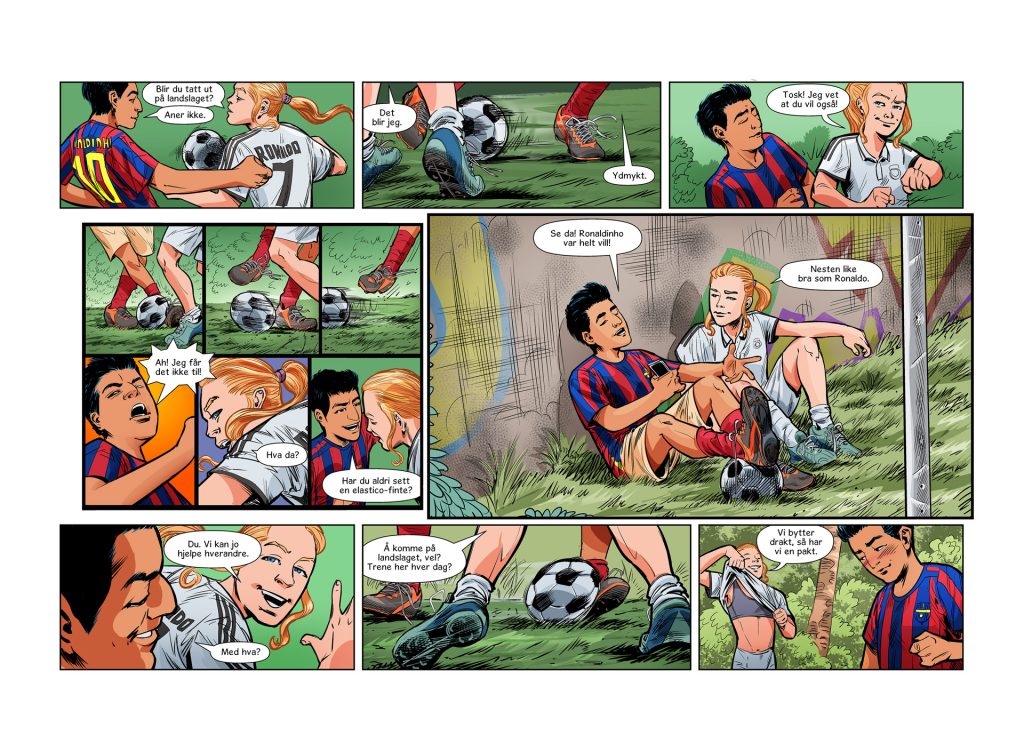

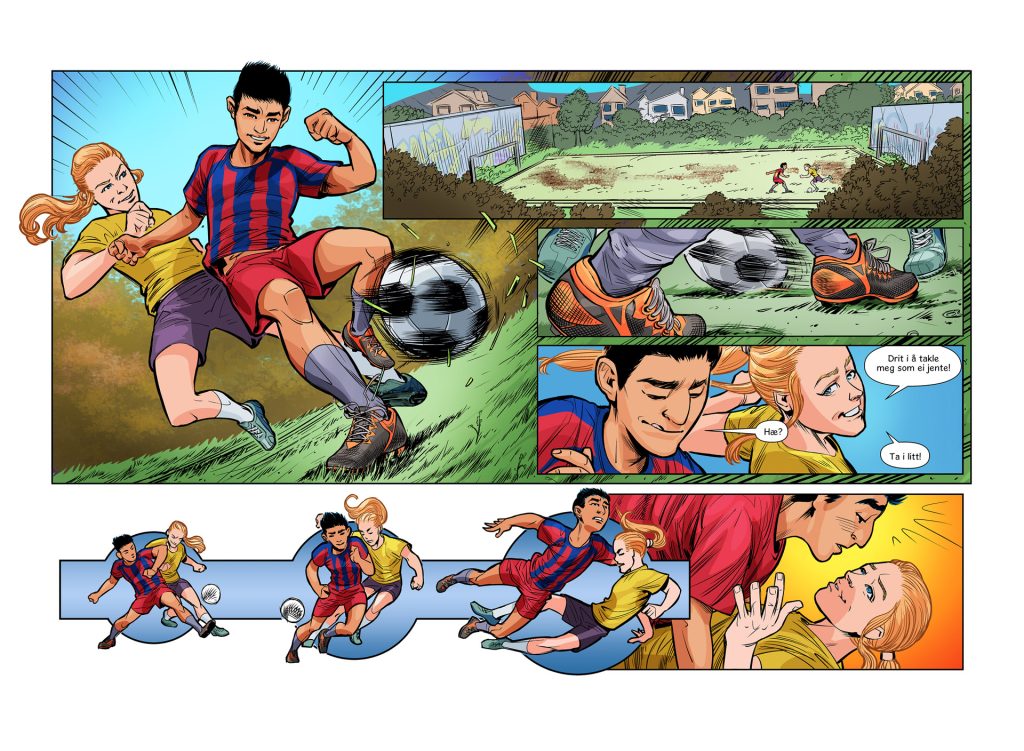
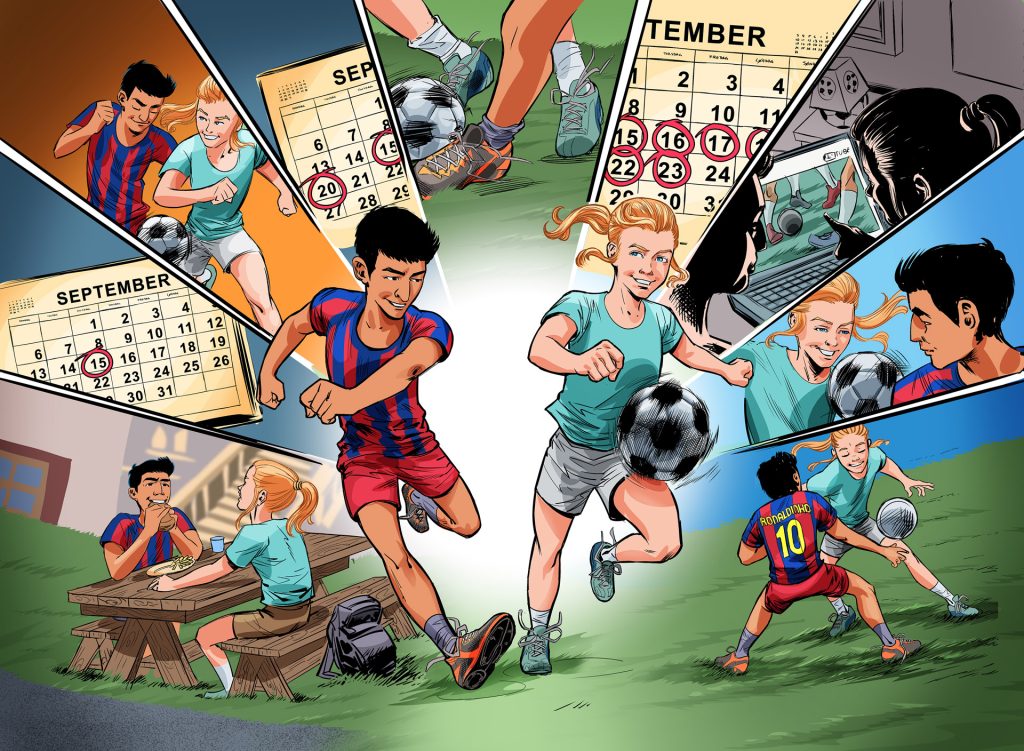


– Can you say what you are currently working on?
– I m working on two series for Norway, one is Atmosfærebarna with scripts by Nicolai Houm for Gyldendal, and the other is Underbyen, from a script by Aleksander Kirkwood Brown for Cappelen Damm. Both stories are very different and I love them for different reasons. Really enjoy both. Also, I have participations in anthologies for the USA market. Not a proper series, because, well, days have 24 hours, but small participation. In general for a more adult audience, like, for example, the horror anthology for John Carpenter.
– What would your dream project look like?
– Difficult to say. I mean, I have a couple of projects that I have in mind very clearly and that were in development for some years, which I would love to make someday, personal projects that include some adaptation of a classical book. I just need to find the time to do it. But in general, I feel so lucky in the sense that all the projects that I am able to work on, have a great reason to me to do them. Create and tell a story, knowing that out here someone would read that work and that maybe can take away that person (adult, kids, anyone) from reality to fly to another world for a couple of hours…and maybe take something from there to bring with them in the real life… I am humble about that, and thankfully. So, in some ways, my dream project is the chance to continue to do it.
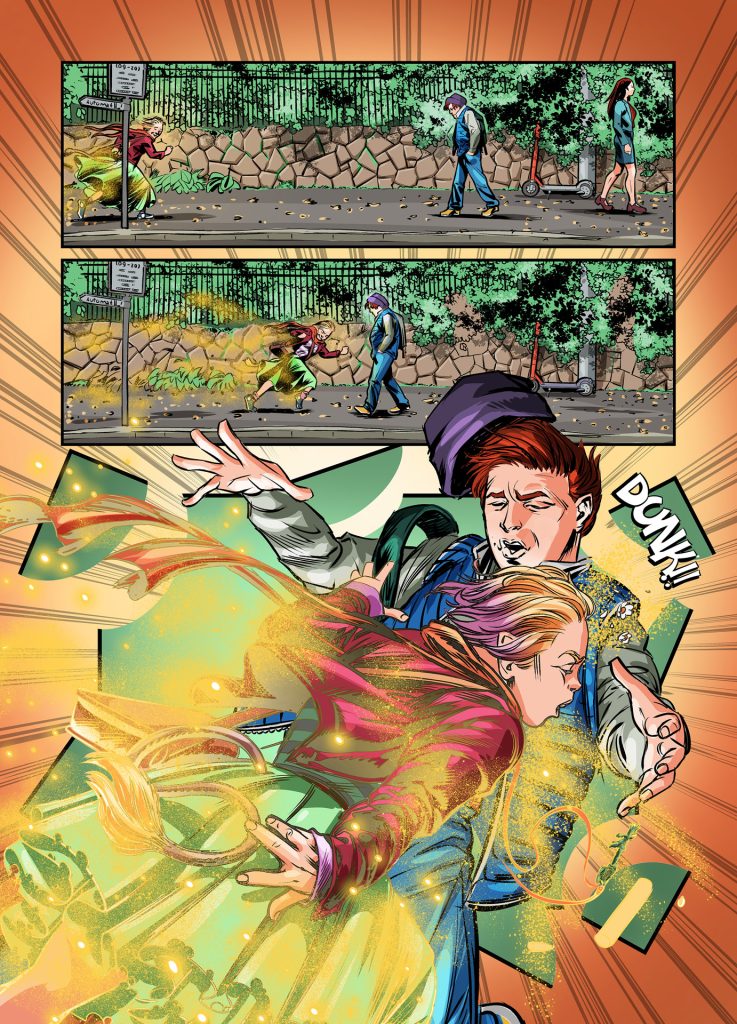

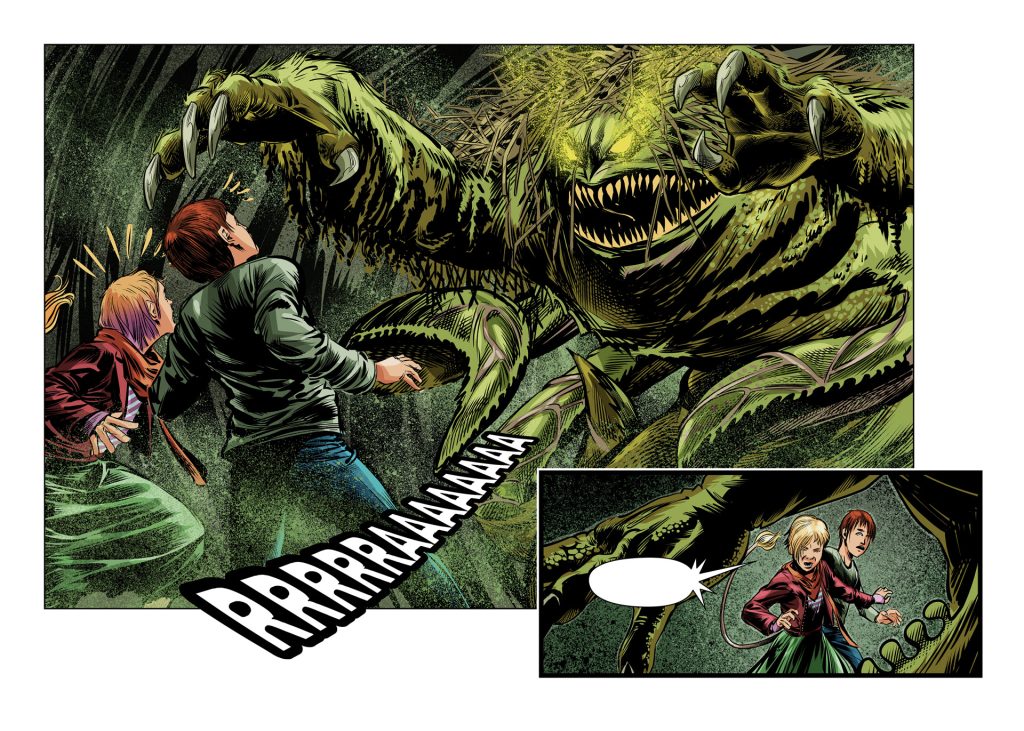


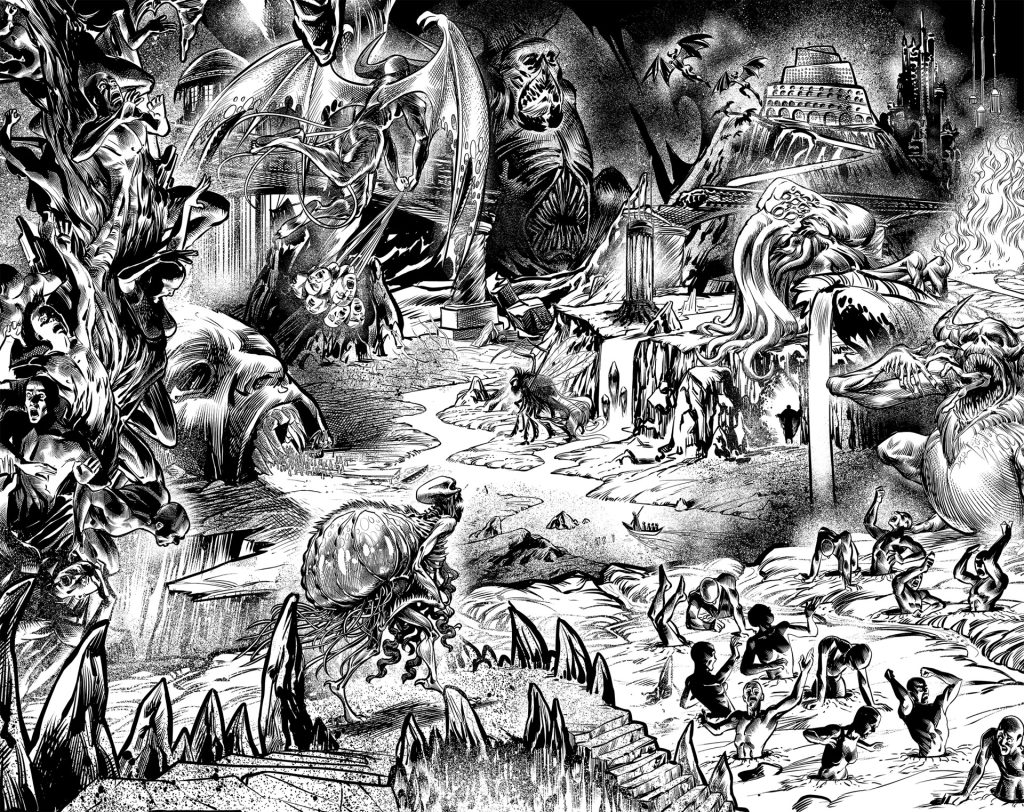

– Are there any picture books or comics you especially recall from your childhood?
– When I was a kid, my parents always tried to buy books when they were able (at the time we were not able to spend too much money). In the seventies and early eighties i recall reading encyclopedias, that publishers sold door by door, and others that you buy in the newspaper stands. So I remember books about animals, history, Italian art , World War Two.
– Regarding comics, specifically a Spiderman-comic with the death of Gwen Stacy (Spiderman’s girlfriend at the time- we are talking in the 70’s). That was a shock to my eyes as a kid (at 5 years that is a strong experience) and showed me the dramatic possibilities of comics (even in superhero comics). Of course, later, in my pre-teen years, i remeber reading some of the Argentinian great classic comics, like The Eternaut and Mort Cinder, two masterpieces of the writer Ohesterheld, illustrated by Francisco Solano Lopez and Alberto Breccia. For me, those two, are in my top ten of the best comics ever produced, and have been companions to me all my creative life. I always come back to these, and find new meanings through the years (which I think is what makes great art). All those comics, together with others, inspire me to make my own comics, and it all started there.
– What inspires you?
Life and art. What more you can need?